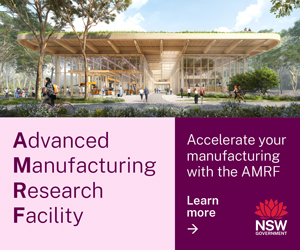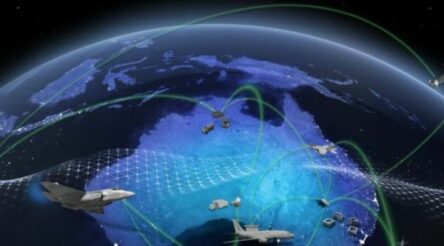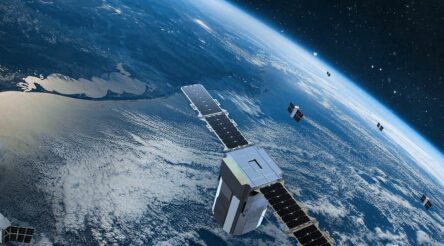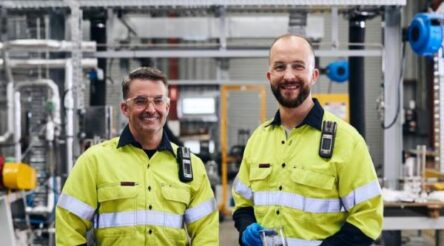Subscribe to our free @AuManufacturing newsletter here.
…because they are hard
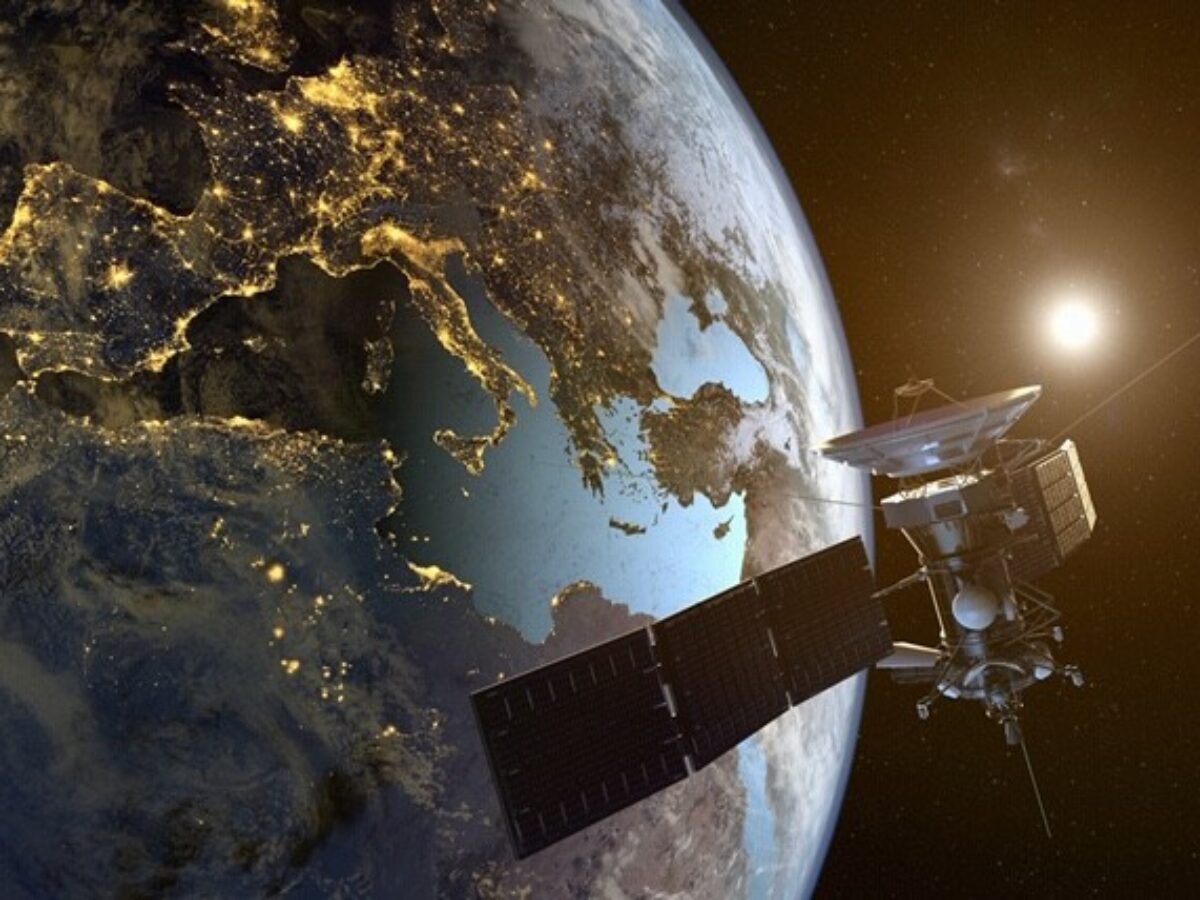
Our “unique view into the galaxy,” and our talented men and women once again see us poised to make a globally-relevant impact. We have a few other things going for us, too.
Space missions have become way more accessible in half a century. For example, a few years ago, a group of NASA Ames employees were inspired by regular reminders that the Apollo 11 mission had as much computing power as a modern-day smartphone. Their response? Putting smartphones into space and have them transmit data to Earth. The PhoneSat project has since evolved into a thriving Earth imaging business with around 430 employees.
Space business has gotten smaller and more agile. Satellites were once the size of a bus but can now be the size of the bus’s glove compartment, put together by a start-up rather than a heavily funded government program, and launched by a third party such as SpaceX or New Zealand’s Rocket Labs.
“NewSpace” has caught the attention of Australian entrepreneurs, especially following successes by companies such as Fleet Space Technologies and Myriota. As an example of the ramp-up in activity, one astute observer estimates that ten nanosatellites were “built, launched and/or operated by Australian teams” in the three years just passed. Currently, more than 100 are “planned or in production for the next three.”
Australia and its advanced manufacturing base are well-placed to contribute to this new era. The Advanced Manufacturing Growth Centre has several members at the front of the private space sector, such as Gilmour Space, Sperospace, HEO Robotics and Jar Aerospace. These are all highly promising start-ups, targeting a range of applications outside the planet.
Besides businesses who are already established to chase space, I’m excited about non-space-focussed
There’s a long history of space spill-over activity, and NASA’s Spinoff reports
As well as interested manufacturers, we have plenty of researchers that could help us make the most of this opportunity. Our researchers contributed 6.8 per cent of space-related publications globally through 2012 to 2016. Our space industry value-add is poised to expand, annualised, at 8.6 per cent in the decade to 2023 to 2024. Public investment has been increasing as well, for example through the $19.5 million Space Infrastructure Fund announced in the April budget.
These figures are acknowledged in the recent Advancing Space
We encourage any manufacturing company to look to the stars and to get in touch. The sky is not any longer the limit for Australia.
Topics Manufacturing News Technology
@aumanufacturing Sections
Analysis and Commentary Awards Defence Manufacturing News Podcast Technology Videos





